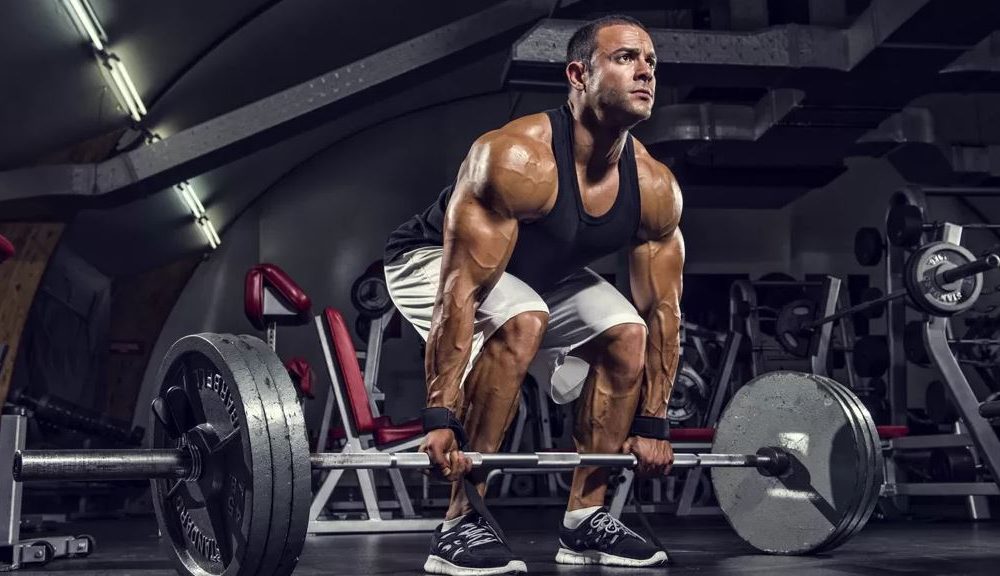

The deadlift is one of the most fundamental exercises in strength training and functional fitness. It works many of the muscle in your body and has a vast range of benefits. The deadlift has two main variations: the conventional and the sumo deadlift. Each has its advantages, depending on your height, body condition, and what you’re trying to achieve.
In this article, we’ll be discussing the different types of deadlifts, including conventional and sumo deadlifts. We’ll also be looking at the benefits of deadlifting and what kind of goals each technique can help you reach. Use this resource to figure out which one is right for you!
What are Deadlifts?
Deadlifts are a full-body exercise that involves the entire posterior chain, including the quads and shoulders. The exercise aims to build muscle mass and strength in the legs and upper back.
Some variations of deadlifts are sumo, conventional, stiff leg, snatch grip, Romanian, hex bar, and kettlebell. These deadlift variations engage many muscles, help with functional movement, and are a great indicator of overall strength and fitness.
What Muscles Do Deadlifts Work on?
The deadlift involves much muscle mass and more muscle fibers than any other movement. More specifically, conventional deadlifts and sumo deadlifts work for the following muscle groups:
- Glutes
- Core
- Quadriceps
- Hamstrings
- Lower back
- Upper back
- Spinal erectors
Benefits of Deadlifting
Deadlifts are an essential part of any bodybuilding program for various reasons. They are suitable for both novices and advanced lifters and can be used effectively either as a total body workout or to target particular muscle groups. Here are just some of the benefits that deadlifts offer:
1. Deadlifts Strengthen Posterior Chain
The deadlift is an all-around exercise for strengthening your posterior chain. The lower back muscles, glutes, hamstrings, and calves are part of the posterior chain. If you have lower back pain and weak glutes and hamstrings, doing deadlifts can help strengthen your lower back, hips, and legs.
2. Deadlifting Improves Core Stability and Strength
Deadlifts are a compound exercise that engages multiple joints, requiring your stabilizer muscles to work together to support the movement.
Your body is an interconnected system, and strengthening it by engaging various joints at once will improve balance and stability overall. As a result, it helps prevent future injuries to your lower back when doing other exercises or daily tasks that involve lifting and bending over.
3. Deadlifts Boost flexibility.
Deadlifts help you maintain good posture throughout the day by strengthening your lumbar spine, glute muscles, and hamstrings, giving you a more balanced physique.
More muscular legs allow you to stand up straighter for extended periods without fatigue or back pain. This makes deadlifts one of the best exercises for avoiding lower back pain caused by poor posture from sitting down all day.
4. Improved Cardiovascular Fitness
As an exercise that heavily engages your core and lower body, deadlifts are one of the most effective ways to increase your heart rate. This is particularly important for those who have not traditionally been active in sports or other physical activities. A healthy cardiovascular system can decrease the chances that you will suffer from a heart attack or stroke later in life.
So if you’re looking for a fun way to improve your cardiovascular fitness and build muscle, add some deadlifts to your workout plan.
5. Increased Total Body Strength
Deadlifting is a full-body workout that helps you gain strength. Since the barbell deadlift involves many muscle groups throughout your body, doing them will strengthen your body. Athletes and bodybuilders who want to increase their overall strength use them in their workouts.
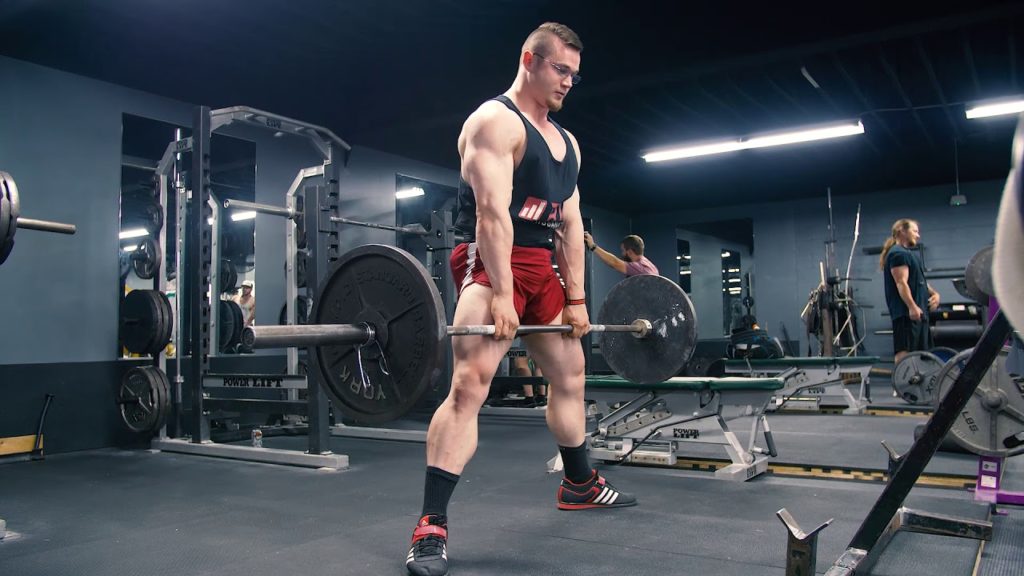
Types of Deadlifts
There are different types of deadlifts. Each one has pros and cons that make it more or less valuable to lifters. Like any workout, the correct deadlift depends on your individual goals, strengths, and weaknesses.
Some popular variations of deadlifts include:
Conventional Deadlift
The conventional deadlift is the most commonly used deadlift variation among athletes, bodybuilders, and weightlifters in the gym. To do this exercise, start with a loaded barbell on the floor in front of your body.
Then, you place your feet shoulder-width apart, bend down, and take the bar with an overhand or mixed grip. Your arms should be straight and shoulder-width apart.
Keeping your back straight and core tight, fully extend your hips and knees. Then lower the bar back to the ground.
The conventional deadlift is excellent for building total-body strength, including your core and lower back muscles. Because it’s a compound exercise that works for multiple muscle groups, it can help you build muscle mass and increase your strength quickly.
Its versatility also serves lifters well in various training situations in gyms, whether for power, bodybuilding, or conditioning.
Sumo Deadlift
The sumo deadlift has gained popularity among lifters for its effectiveness in allowing lifters with shorter builds to lift heavier weights than possible with other variations.
It’s similar to the conventional deadlift, but you take an extensive stance with your feet and keep your arms inside your legs throughout the movement. This allows you to get closer to the bar and keep the back straighter while squatting down to lift it, which reduces stress on the lower back.
The sumo deadlift targets your quads and glutes more than any muscle group. Because of this, it’s perfect for people who want to build big legs and improve their squat numbers simultaneously.
It also recruits more of the glutes and hamstrings, making it a great way to grow and develop those muscles. In addition to the increased mechanical advantage, the sumo deadlift’s wider stance emphasizes the hips when extending from the floor.
Romanian Deadlift
The Romanian deadlift (RDL) is an excellent exercise for developing hamstrings and glute strength while limiting back involvement. It’s a great choice for those injured or who need a break from heavy loading on their backs but still want to train the lower body and posterior chain.
It’s also a great strength training exercise for athletes and powerlifters looking to improve deadlift or Olympic weightlifting movements.
The RDL can be performed with barbells, dumbbells, or kettlebells, making it a good choice for those who want to train in unconventional settings due to limited gym equipment availability or training space constraints.
The Romanian deadlift is performed by standing with feet shoulder-width apart, holding a barbell across the front of your thighs with an overhand grip. Keeping your back straight and your core engaged, move your hips backward and bend your knees as you lower the barbell toward the floor until you feel your hamstrings stretch.
Do not round your back. Pause, lift torso back up and repeat.
Trap Bar
The trap bar deadlift is a unique conventional deadlift and squat variation. The trap bar is also known as a hex bar because of its hexagon shape. Trap bar deadlifts allow you to stay upright during use, making it safer on your lower back.
Anyone can do Trap Bar Deadlifts. They are a great alternative to the regular deadlift for those who:
- Suffer back pain
- Have limited mobility
- Have difficulty using standard barbells
- Wants to gain muscle mass and strength in their posterior chain.
Trap bar deadlift primarily targets the glutes, hamstrings, and quadriceps. It can also target the upper back, traps, and entire posterior chain.
When performing this lift, keep your head up and always look forward. Your body should be tight and rigid throughout the movement to prevent unnecessary movements that may hinder your performance.
The trap bar deadlift is an excellent exercise for athletes who want to increase their strength and power but don’t want to risk damaging their lower backs with conventional deadlifts or squats.
Single-Leg Romanian
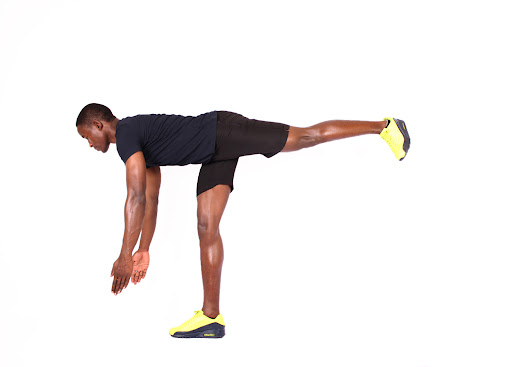
The single-leg Romanian deadlift (SLRDL) is a unilateral posterior chain exercise that builds strength in the hamstrings, glutes, and erector spinal. It can be performed using a barbell or dumbbells and is an excellent supplemental movement to improve your strength on compound lifts like the squat.
The Single-Leg RDL is like the regular Romanian Deadlift, but it uses a single leg making it more difficult. Because it requires you to balance on one leg, it also improves your balance and coordination.
Single-leg Romanian Deadlifts are a critical component of any lower body training program, especially for bodybuilders and athletes who need to develop strength, size, and power in their posterior chain muscles while protecting their knees from injury.
Standing hip-width apart with your arms by your sides and holding a dumbbell in each hand, lean forward with your right foot and bend both knees until your torso is about 90 degrees from the horizontal.
The left leg should be straight and resting on the floor behind you. Keep your torso upright and the weight in your heels. Stand back up by pushing through your right heel, then repeat.
Deficit Deadlifts
A deficit deadlift is a variation of the conventional deadlift that requires you to stand on a platform or set of blocks to increase your range of motion.
ROM is the distance and direction a joint can move between flexed and extended positions. The increased range of motion means you’ll have to pull the weight farther and recruit more muscle fibers, which benefits your strength and physique.
The deficit deadlift is a good exercise for developing overall strength, power, and stability in the posterior chain. It’s also highly effective at increasing hamstring recruitment and improving core stability.
To perform a deficit deadlift, first set up in front of a barbell resting on the floor with your feet directly under your hips. Place yourself into a hip hinge position to feel the tension in your hamstrings, not your lower back.
Grip the barbell at shoulder width, keeping your arms straight throughout the lift. Make sure you push your hips back and keep your chest up, driving through your heels and pulling the barbell toward you as you stand up.
You can perform deficit deadlifts as a primary or assistance exercise for regular deadlifts. They’re handy for beginner lifters because they emphasize proper technique. They’re also good for taller deadlifters who have trouble keeping their back in a neutral position.

Grip Variation
While it’s good to know the type of deadlifts and how to do them, it’s also essential to know the kind of grip variations you can do to achieve your fitness goal and avoid injury or pain while training.
Grip variations are simply different methods of holding the bar while deadlifting. And there are three types of popular grip variations you can try while deadlifting. They are:
The double overhand grip variation is how most people naturally grab the bar when they deadlift. It involves gripping the bar with palms facing down, and no fingers crossed over one another.
This grip limits the amount of weight you can lift because you’re at risk of losing your grip on the bar, which means you can’t pull as heavy or as many reps. If you’re going heavy, it’s best to use straps so your grip isn’t a limiting factor during the movement.
Mixed grip variation involves one palm facing down and one palm facing up (called supination or pronation). This grip provides maximal force production but is unbalanced and asymmetrical. Mixed grip deadlifts are typically not recommended for beginning lifters due to their risk of injury.
The hook grip variation is when you wrap your thumb around the bar first, then wrap your fingers around your thumb to secure it. This grip allows for maximal force production and causes significant pain and discomfort. You can incorporate any type of grip variation into your workout routine.
Bottom Line
Sumo and conventional deadlifts are effective forms of deadlifting that can help you attain your goals.
The sumo technique is better for someone who has a limited range of motion, a weak lower back, or fatigue issues later on during the lift because of its increased range of motion. Conversely, the conventional deadlift is more beneficial for someone with lengthy thighs and a strong lower back since the bar stays closer to their center of gravity longer than in a sumo deadlift.
Since your goals will likely always dictate your lifting style, choose accordingly and train hard!







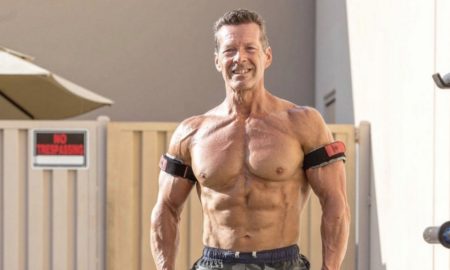











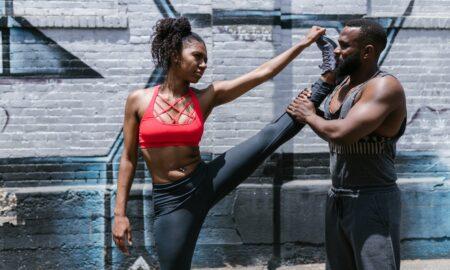
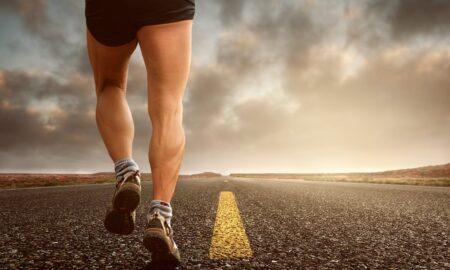
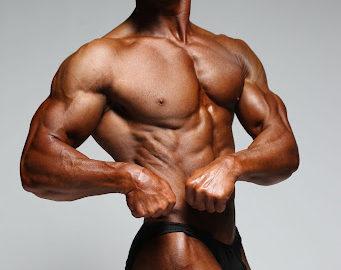
You must be logged in to post a comment Login